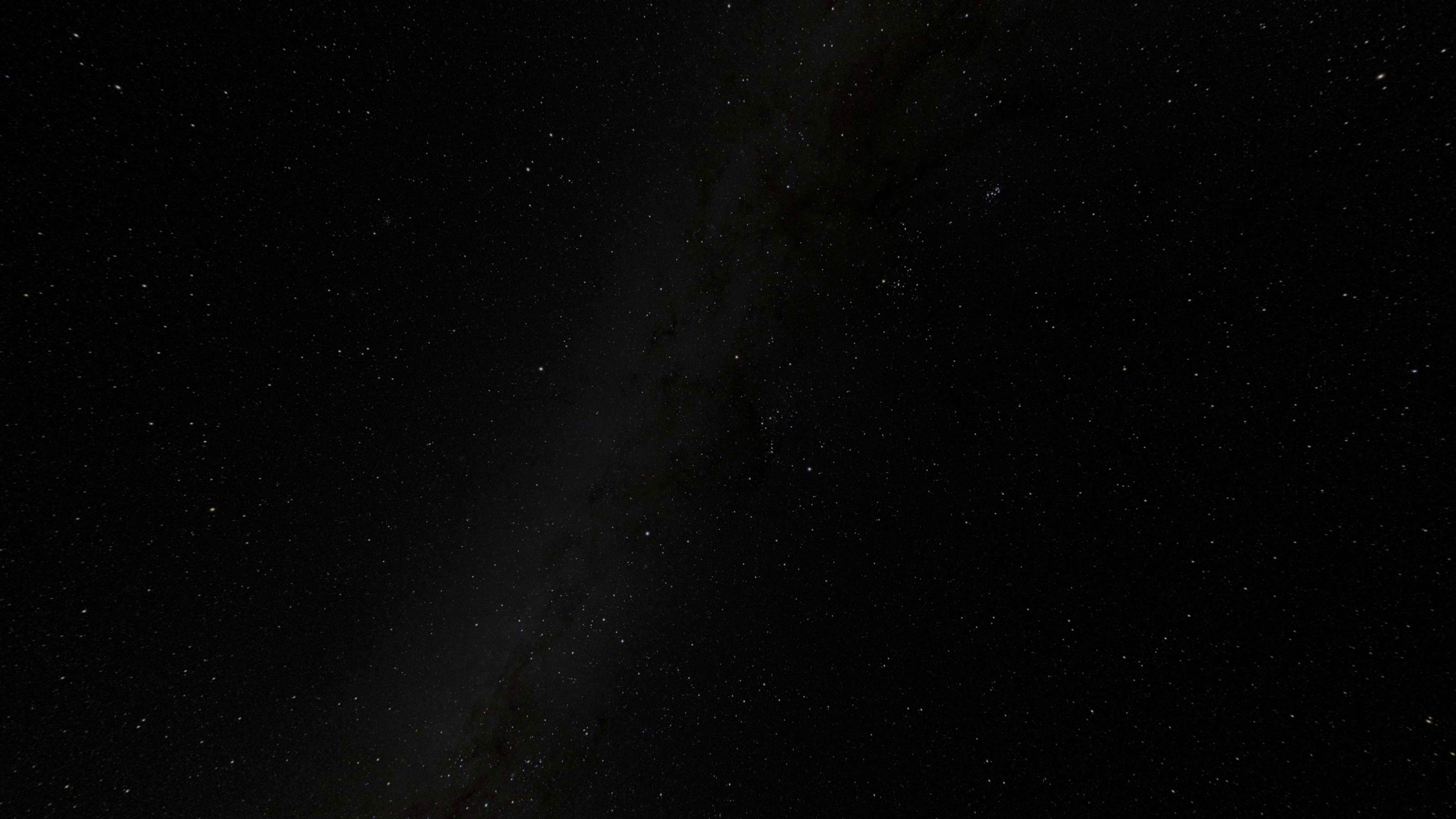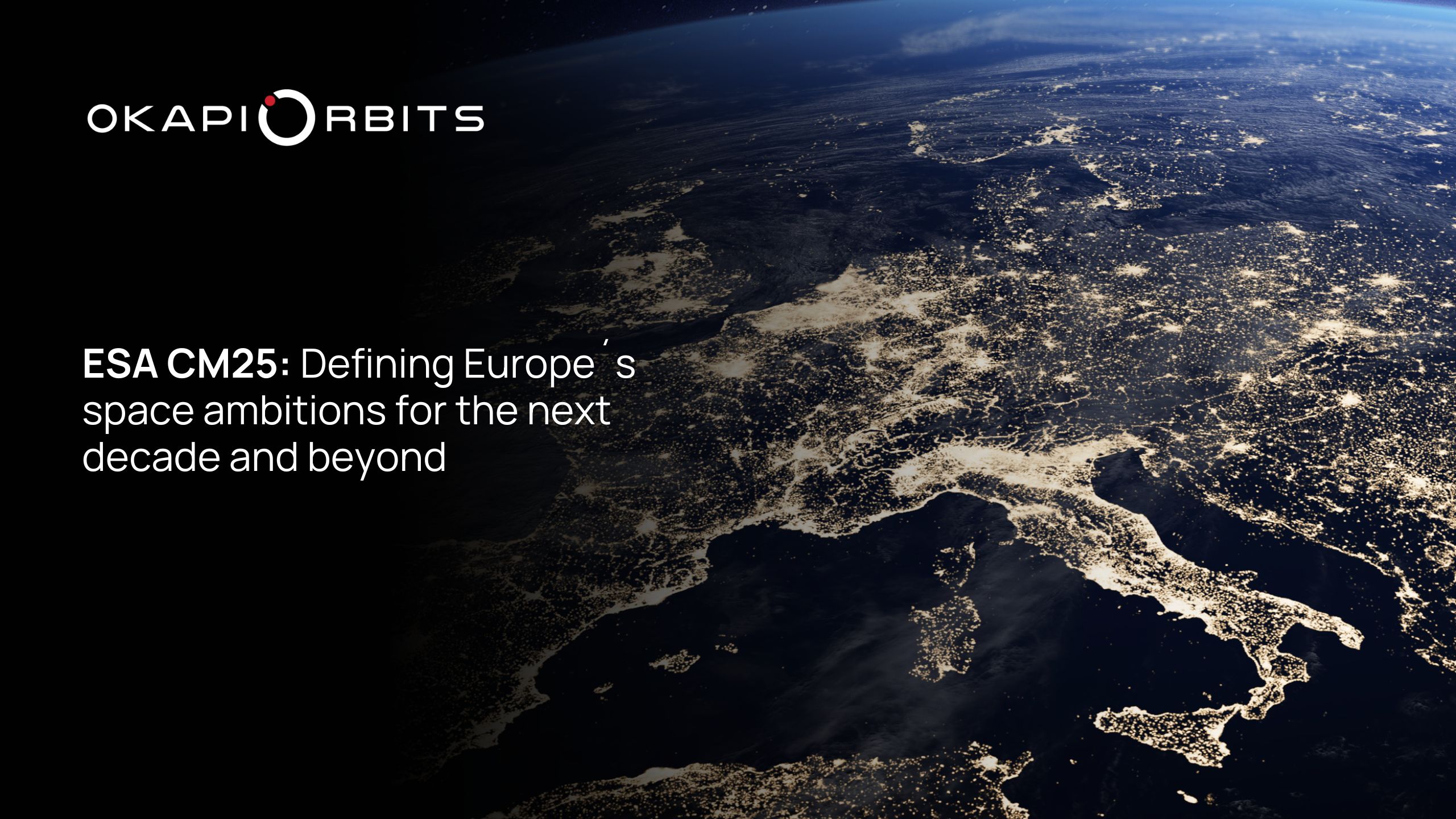
Spotted
On June 26th, the latest fragmentation event of the defunct Russian RESURS-P1 satellite was observed, briefly requiring the International Space Station (ISS) crew to take shelter. Although the cause of this new fragmentation remains unknown, the U.S. Space Command reported that the event generated over 100 pieces of debris.
Introduction to the RESURS-P1 Satellite
The RESURS-P1 satellite, a 6.5-ton Russian spacecraft, was launched in June 2013 from Baikonur into a Sun-synchronous orbit at an altitude of 475 km. Originally designed for a mission duration of five years, the satellite had been gradually lowering its orbit before the fragmentation occurred. The nominal re-entry of a drifting RESURS-P1 would have been end-2024/beginning-2025.

This event is part of a long history of RESURS satellites, with 32 launched since 1985. The most recent launch was in March 2023, with an expected mission duration extending into the 2030s.
Understanding Fragmentation Events
This fragmentation event is one of many, with at least 228 fragmentation events observed from former Soviet Union or Russian activities, out of a total of 643 documented events. These include 11 classified asAnti-Satellite (ASAT) tests and 207 generic fragmentations involving Briz-M and Tsyklon upper stages, Cosmos objects, and Meteor-class satellites. Additionally, there have been 17 special releases involving the ejection of reactor cores from RORSAT defense satellites, producing exotic space debris known as sodium-potassium droplets.
Approximately 60% of breakup debris is attributed to spacecraft, while 35% is caused by rocket bodies left in orbit. The remaining 5% consists of mission-related debris.
A previous fragmentation of a RESURS-O1satellite occurred on August 27th, 2020, resulting in 176 observed fragments. The cause of this fragmentation remains unknown to date, but the satellite involved was lighter and utilized a different bus (Meteor-2) compared to the Yantar bus used by RESURS-P.
Implications for Space Debris Management
The altitude of the fragmentation event, about 350 km, suggests that the spatial density of the generated fragments is low. Most of these fragments are expected to deorbit and burn up within months.

However, the proliferation of debris from such events highlights the critical need for effective tracking and management to prevent potential conjunctions and collisions in space.
The cause of the RESURS-P1 fragmentation currently remains uncertain. Still, the number and velocity of the released fragments may provide insights into the type of fragmentation.
Historically, non-passivated components of spacecraft, such as batteries or tanks holding unused energy, have led to similar events. For example, the NOAA-17 weather satellite fragmented in March 2021 at an altitude of 800 km, generating over 100 fragments likely due to a battery overcharge.
Looking Ahead
As more observations are conducted, further details about the RESURS-P1 fragmentation may emerge. Regardless of the specific cause, this event underscores the importance of continuous monitoring and mitigation strategies for space debris to ensure the safety and sustainability of our orbital environment.
Stay tuned for updates as we continue to gather more information about this fragmentation event and its implications for space operations.
References:
Imaging: Sybilla Technologies
More comprehensive data on orbital debris can be found in the Handbook of Orbital Debris.


.jpg)
